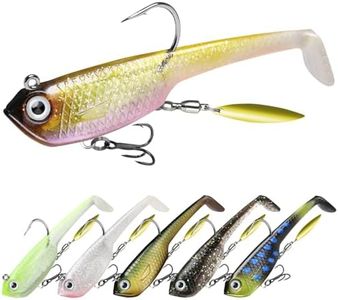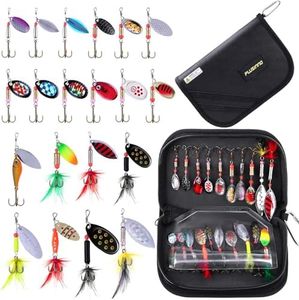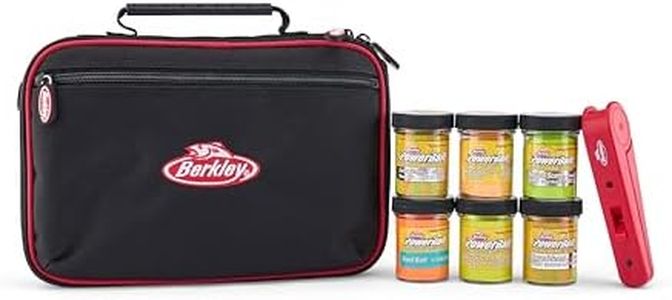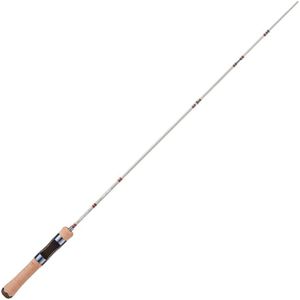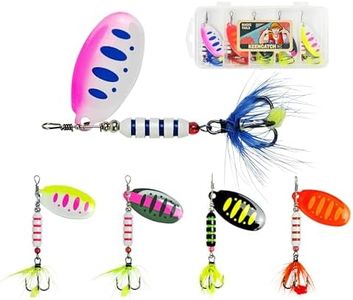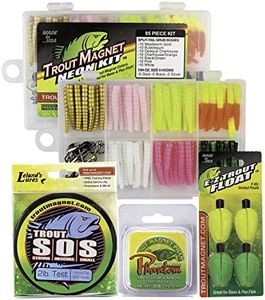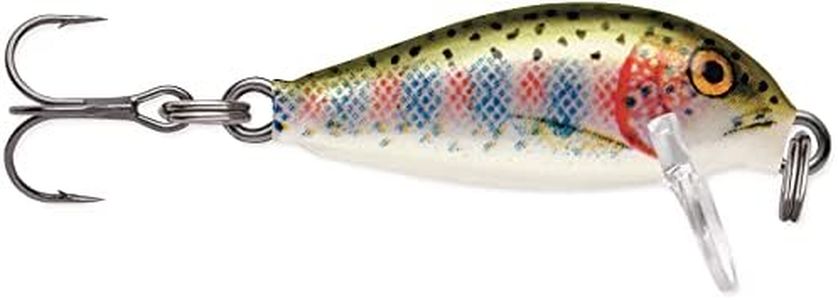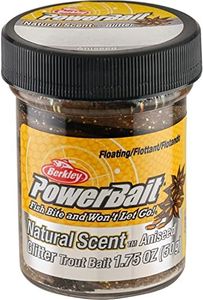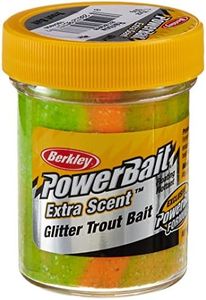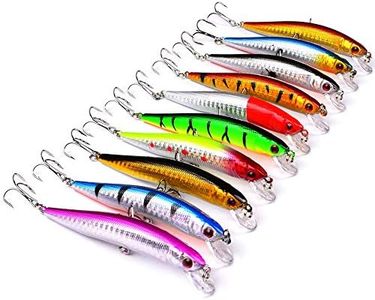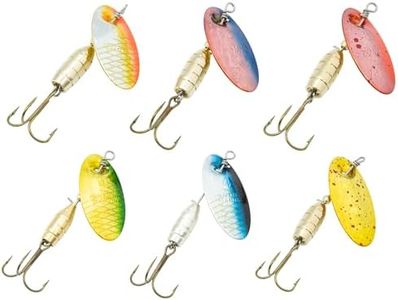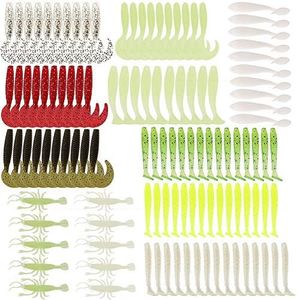We Use CookiesWe use cookies to enhance the security, performance,
functionality and for analytical and promotional activities. By continuing to browse this site you
are agreeing to our privacy policy
10 Best Trout Baits
From leading brands and best sellers available on the web.Buying Guide for the Best Trout Baits
Choosing the best trout bait can make a big difference in your fishing success and enjoyment. The right bait attracts trout based on their natural diets, water conditions, and the time of year. When shopping for trout baits, think about where and how you plan to fish, as well as the size and type of trout you're targeting. You'll want to pick a bait that's both effective and easy for you to use.Type of BaitThis refers to whether the bait is live (like worms or insects), artificial (such as dough baits or plastics), or natural (like corn or salmon eggs). Each type has its own advantages: live bait often attracts trout with scent and movement, artificial bait offers convenience and a wide range of options, while natural baits mimic the trout’s real food. Choosing the type depends on your fishing region's rules, your personal comfort handling live or artificial baits, and the typical food sources for trout in your area. If you’re new or want fewer complications, artificial and natural baits are often easiest to start with.
Scent and FlavorScented baits can be very important for attracting trout, which often rely on smell to locate food. Some baits are unscented, while others are packed with aromas like garlic or shrimp. A stronger scent can be crucial in murky waters or when trout aren’t very active. Consider picking more strongly scented baits when fishing in muddy water or colder temperatures, and unscented or lighter scents in clear water to avoid spooking cautious fish.
ColorColor can affect how visible and appealing the bait is to trout. Baits come in natural tones (brown, gray, green) that mimic real prey, and in bright colors (pink, chartreuse, orange) designed to catch a trout’s attention. Natural colors work well in clear water or when fish are picky, while bright and flashy colors often help in murky water or when trout are aggressive. Your choice should depend on the local water clarity, light conditions, and whether the trout are used to seeing a lot of anglers.
SizeBaits come in a variety of sizes, typically from a tiny egg or maggot for small trout to larger worms or plastic lures for bigger fish. Small baits are usually better for smaller streams and more pressured fish, while larger baits can attract bigger trout or work in lakes with less fishing pressure. Match the bait size to the average trout size in your fishing spot and the hook or rig you plan to use.
BuoyancyBuoyancy describes whether the bait sinks, floats, or suspends in the water. Floating baits are good for keeping your presentation above weeds or debris, while sinking baits are better for getting down to fish holding near the bottom. Some baits are designed to suspend at a certain depth, imitating live prey. Choose buoyancy depending on where trout are feeding—in surface, mid-water, or bottom.
DurabilityDurability means how well the bait holds up during casting, retrieves, and after being bitten by fish. Live and some natural baits can be fragile or fall off the hook easily, while artificial options are made to be reused. If you want less hassle and more time fishing, a more durable bait may be best, especially for beginners or for places where small fish might be biting off pieces before the trout can get to it.
